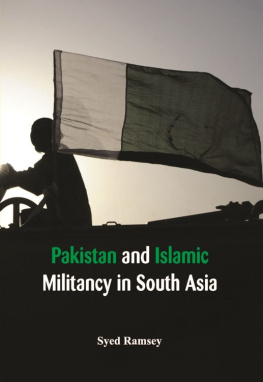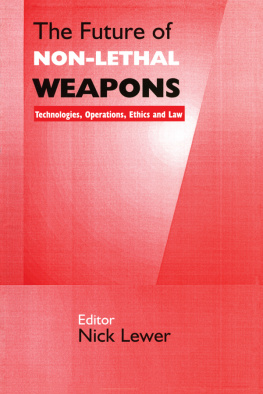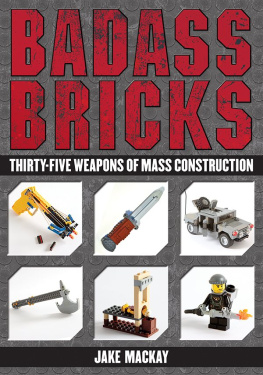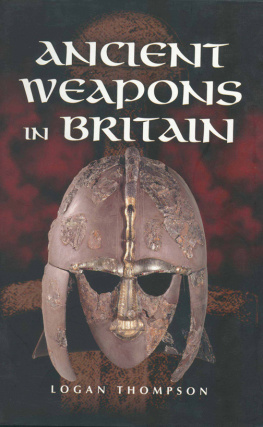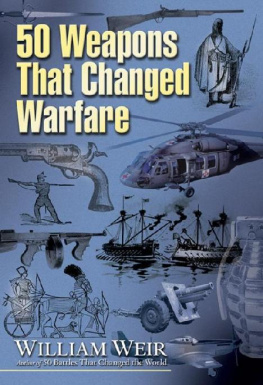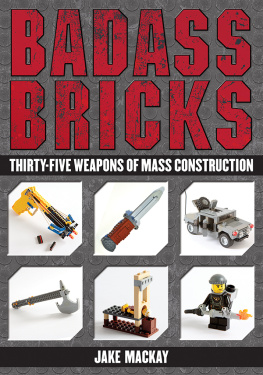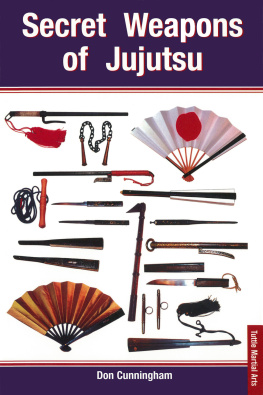Introduction
Warfare of the early modern period is associated with the start of the widespread use of gunpowder and the development of suitable weapons to use the explosive, including artillery and handguns; for this reason the era is also referred to as the age of gunpowder warfare (a concept introduced by Michael Roberts in the 1950s). This entire period is contained within the Age of Sail, which characteristic dominated the eras naval tactics, including the use of gunpowder in naval artillery.
Firearms are qualitatively different from earlier weapons because they release energy from combustible propellants such as gunpowder, rather than from a counter-weight or spring. This energy is released very rapidly and can be replicated without much effort by the user. Therefore even early firearms such as the arquebus were much more powerful than human-powered weapons. Firearms became increasingly important and effective during the 16th century to 19th century, with progressive improvements in ignition mechanisms followed by revolutionary changes in ammunition handling and propellant.
The two world wars of the 20th century sparked another revolution in the design of military weapons and weapons systems. At sea the torpedo was launched from a deadly new boat, the submarine. These vessels, with their unique diving and maneuvering abilities, visual and acoustical sensing devices, and sophisticated missile torpedos, were capable of locating and engaging targets over a wide range. They became dangerous adversaries to the traditional warship, whose strength had been measured not in maneuverability but in sheer size and firepower. Since 1945 the adoption of nuclear power and underwater- launched, airborne guided missiles has transformed the submarine into the single most powerful naval weapons system in existence.
This book has been written keeping in view the requirements of undergraduate and postgraduate students and research scholars in the area of weapons and warfare.
Early Modern Warfare
Warfare of the early modern period is associated with the start of the widespread use of gunpowder and the development of suitable weapons to use the explosive, including artillery and handguns; for this reason the era is also referred to as the age of gunpowder warfare (a concept introduced by Michael Roberts in the 1950s).
This entire period is contained within the Age of Sail, which characteristic dominated the eras naval tactics, including the use of gunpowder in naval artillery.
All of the Great Powers of Europe and the Middle East were actively fighting numerous wars throughout this period, grouped in rough geographical and chronological terms as
The European wars of religion between the 1520s and the 1640s (including the Thirty Years War, the Eighty Years War and the Wars of the Three Kingdoms) and, the Franco- Spanish War (1635-1659), the Northern Wars, Polish- Swedish wars and Russo-Swedish Wars;
The Russo-Turkish Wars, Ottoman-Habsburg wars, and other Ottoman wars in Europe.
In the Horn of Africa, the Adals conquest of Ethiopia and the involving of the Ottomans, Mamluks and the Portuguese.
In Asia, the Persia-Portugal war, the Mughal conquests, the Chinese Ten Great Campaigns, and the Anglo-Mysore Wars;
Throughout the 18th century the Second Hundred Years War, an umbrella term which includes the Nine Years War, Seven Years War, War of the Spanish Succession, War of the Austrian Succession, and finally the American War of Independence, French Revolutionary Wars and Napoleonic Wars of the late 18th to early 19th centuries which mark the end of this era.
Use of gunpowder before the 16th century
Gunpowder warfare was used in the Mongol invasions of Japan in 1274 and 1281, specifically in the form of explosive bombs fired from catapults against enemy soldiers. Japanese scrolls contain illustrations of bombs used by the Yuan-Mongol forces against mounted samurai. Archaeological evidence of the use of gunpowder include the discovery of multiple shells of the explosive bombs in an underwater shipwreck off the shore of Japan, with X-rays providing proof that they contained gunpowder.
In 1326 the earliest known European picture of a gun appeared in a manuscript by Walter de Milemete. In 1350, Petrarch wrote that the presence of cannons on the battlefield was as common and familiar as other kinds of arms.
Early artillery played a limited role in the 100 Years War, and it became indispensable in the Italian Wars of 1494-1559. Charles VIII, during his invasion of Italy, brought with him the first truly mobile siege train: culverins and bombards mounted on wheeled carriages, which could be deployed against an enemy stronghold immediately after arrival.
Europe
Beginning of polygonal fortifications
The period from 1500-1801 saw a rapid advance in techniques of fortification in Europe. Whereas medieval castles had relied on high walls to keep out attackers, early modern fortifications had to withstand artillery bombardments. To do this, engineers developed a style of fortress known as thetrace italienne or Italian style. These had low, thick, sloping walls, that would either absorb or glance off cannon fire. In addition, they were shaped like stars, with bastions protruding at sharp angles. The reason for this was to ensure that every bastion could be supported with fire from an adjacent bastion, leaving no dead ground for an attacker to take cover in. These new fortifications quickly negated the advantages cannon had offered to besiegers.
A polygonal fort is a fortification in the style that evolved around the middle of the 18th century, in response to the development of explosive shells.
The complex and sophisticated designs of star forts that preceded them were highly effective against cannon assault, but proved much less effective against the more accurate fire of rifled guns and the destructive power of explosive shells. The polygonal style of fortification is also described as a flankless fort. Many such forts were built in the United Kingdom and the British Empire during the government of Lord Palmerston, and so they are also often referred to as Palmerston forts. Their low profile makes them easy to overlook.
In response to the vulnerabilities of star forts, military engineers evolved a much simpler but more robust style of fortification.
An example of this style can be seen at Fort McHenry in Baltimore in the United States of America, the home of the famous battle whereThe Star-Spangled Banner was penned by Francis Scott Key.
Firearms
The power of aristocracies vis a vis states diminished throughout Western Europe during this period. Aristocrats 200- to 400-year- old ancestral castles no longer provided useful defences against artillery. The nobilitys importance in warfare also eroded as medieval heavy cavalry lost its central role in battle. The heavy cavalry made up of armored knights had begun to fade in importance in the Late Middle Ages. The English longbow and the Swiss pike had both proven their ability to devastate larger armed forces of mounted knights. However, the proper use of the longbow required a lifetime of training, making it impossible to amass very large forces of archers. The proper use of the pike required complex operations in formation and a great deal of fortitude and cohesion by the pikemen, again making amassing large forces difficult. Starting in the early 14th-century, armourers added plate-armour pieces to the traditional protective linked mail armour of knights and men-at-arms to guard against the arrows of the longbow and crossbow. By 1415 some infantrymen began deploying the first hand cannons, and the earliest smallbore arquebuses, with burning match locks, appeared on the battlefield in the later 15 th century.



